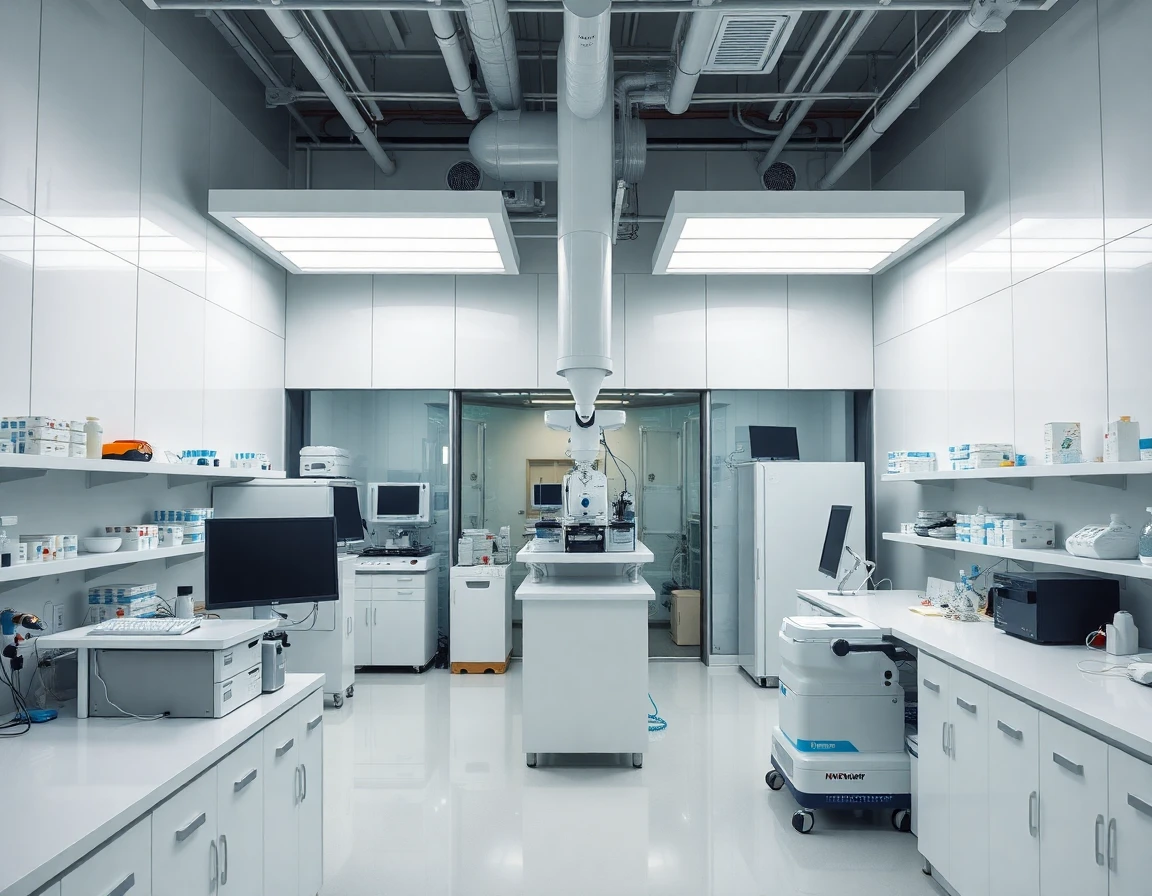As the International Space Station (ISS) nears the end of its operational life, the race to establish commercial space stations is rapidly gaining momentum. This shift not only represents a significant evolution in human spaceflight but also opens up opportunities for scientific research, tourism, and technological innovation in low Earth orbit (LEO).
The Future of Human Presence in Space
The ISS, which has been in service since 1998, has been a cornerstone for international collaboration in space. However, its aging infrastructure and rising maintenance costs have led to discussions about its eventual decommissioning. According to NASA, the ISS is expected to remain operational until at least 2028, but plans for its successor are already underway.
“The future of human presence in space lies with commercial entities that can innovate and reduce costs significantly, making space more accessible than ever,” says Dr. Emily Carter, an aerospace engineer and consultant for several private space companies.
Major Players in the Commercial Space Station Sector
Several private companies are leading the charge in developing commercial space stations. Axiom Space, Blue Origin, and Sierra Nevada Corporation are among the most notable. Axiom Space plans to leverage the existing ISS infrastructure to create its own commercial platform, aiming to launch the first module in 2024. Blue Origin, with its New Glenn launch vehicle, envisions a more extensive commercial ecosystem in LEO, while Sierra Nevada’s Dream Chaser spacecraft is designed for cargo delivery and crew transport to these future stations.
Technical Specifications and Innovations
The technical advancements being developed for these commercial space stations are impressive. For instance, companies are investing in advanced gyroscopic instruments to enhance stability and control in the microgravity environment. These instruments will be crucial for maintaining the operational integrity of the stations, especially during docking and cargo operations.
Dr. Carter emphasizes the importance of precision in these new systems: “With microgravity conditions, every aspect of engineering must be meticulously controlled. Advanced gyroscopic instruments will ensure that we can handle payloads and maintain orientation with utmost accuracy.”
The Role of Satellite Communication in Commercial Space Stations
As commercial space stations become a reality, the integration of reliable satellite-communication systems will be essential. These systems will facilitate data transfer, crew communications, and operational management, ensuring that the stations remain connected to Earth.
In addition, the development of high-precision satellite communication technologies will play a pivotal role in supporting research and commercial activities aboard these stations. Enhanced communication capabilities will allow for real-time data sharing and collaboration among scientists, engineers, and researchers worldwide.
Potential Impacts on Science and Industry
The advent of commercial space stations is expected to significantly impact both the scientific community and various industries. These platforms will provide unprecedented opportunities for research in fields such as biotechnology, materials science, and Earth observation. Companies are already eyeing the potential for pharmaceutical research in microgravity, which could lead to groundbreaking discoveries.
Moreover, as commercial space stations evolve, they are likely to become hubs for space tourism. Companies like SpaceX and Virgin Galactic are paving the way for a new frontier in space travel, where private citizens can experience life in space for recreational purposes.
Expert Perspectives on the Future
Experts believe that the transition to commercial space stations will democratize access to space. “The more players we have in this sector, the more innovation we will see, ultimately lowering costs and expanding opportunities for research and tourism,” states Dr. Alex Reynolds, a space policy analyst.
Challenges and Considerations
While the future of commercial space stations looks promising, there are several challenges to consider. Issues such as regulatory frameworks, safety protocols, and the environmental impacts of increased space traffic will need to be addressed. As the industry grows, collaboration between government agencies and private companies will be crucial in establishing guidelines that protect both crew and space assets.
Conclusion: A New Chapter in Space Exploration
As the ISS prepares for its retirement, the emergence of commercial space stations signals a transformative period in space exploration. The integration of advanced technologies, coupled with the innovative spirit of the private sector, promises to unlock new horizons in scientific research, tourism, and industrial applications in low Earth orbit. The space race is evolving, and the future holds exciting possibilities for humanity’s next steps into the cosmos.
References
-
commercial space station Research - defensenews.com (defensenews.com)
-
commercial space station Research - aviationweek.com (aviationweek.com)
-
commercial space station Research - spacenews.com (spacenews.com)



